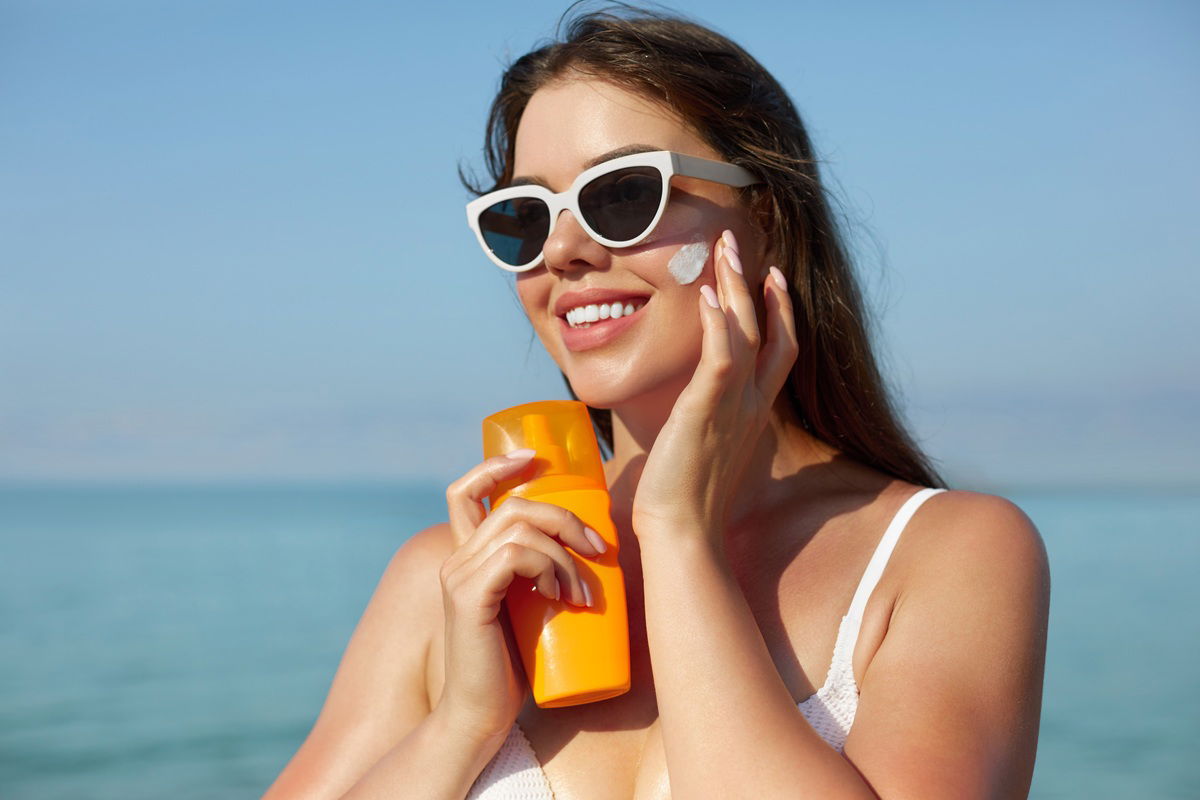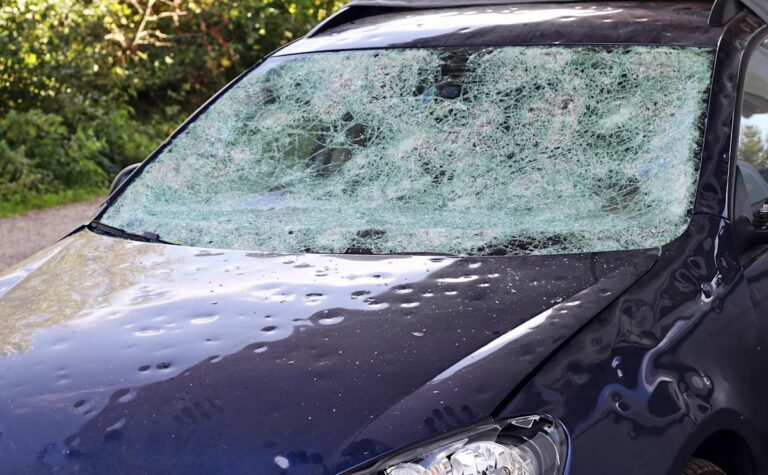
Protect your skin: Always apply sunscreen before heading out in the sun, whether you choose SPF 30 or 50.Credit : verona studio, Shutterstock
Sun cream isn’t just for the beach – and yes, you need it more than you think
If you grew up thinking sun cream was only for blistering August afternoons or those two weeks in Marbella, think again. The truth is, whether you’re walking the dog, doing the school run, or simply enjoying a cup of tea by a sunlit window, the sun’s rays are reaching your skin – and doing their damage quietly, day after day. So the question pops up every summer (and honestly, it should all year): what SPF should you go for? The shelves are lined with bottles from SPF 15 all the way to the near-mythical 100, but most of us are left scratching our heads between the classics: SPF 30 and SPF 50. So, is one really better than the other? Or is it all just clever marketing? Let’s have a proper look.
What’s SPF anyway? Breaking down the numbers
First things first: SPF stands for Sun Protection Factor. It’s not just a number pulled out of thin air. SPF tells you how much longer your skin is protected from UVB rays (the ones that cause sunburn and contribute to skin cancer) than if you weren’t wearing any protection at all. In theory, if you’d start to burn in 10 minutes with bare skin, SPF 30 stretches that to 300 minutes. Sounds simple, but there’s more to it.
Here’s the catch: SPF 30 filters out around 97 per cent of UVB rays, while SPF 50 bumps that up to about 98 per cent. It sounds like a tiny difference, but in real-world conditions – like when you don’t put on enough, or you forget to reapply – that extra percent matters.
According to dermatologists, no SPF blocks 100 per cent of UV rays. That’s why topping up every two hours is essential, especially after swimming or sweating.
SPF 30 vs SPF 50: When does the difference matter?
Let’s be honest, most of us don’t slap on the recommended shot-glass amount of sunscreen every time. In practice, SPF 50 does offer that extra buffer when you’re likely to miss spots or not reapply as often as you should. If you’re someone who spends hours in the sun – whether you’re gardening, hiking, or just glued to the deckchair – SPF 50 is your safer bet.
But what if you’re usually indoors, or you nip out only for short walks? That’s when SPF 30 is absolutely fine, as long as you apply it properly and reapply if you’re out for long periods.
Skin type and lifestyle – It’s not ‘one size fits all’
- Fair, sensitive, or mature skin? You’re likely to burn more quickly, so err on the side of caution with SPF 50.
- Darker skin tones? While more melanin offers a bit more natural defence, skin cancer and sun damage don’t discriminate. SPF 30 is usually sufficient, but SPF 50 is a good shout if you’re out in strong sun.
- Oily or acne-prone? Go for lightweight, gel-based, or water-based formulas. No one wants a sticky, shiny face.
- Dry or sensitive skin? Creamier or lotion-based sunscreens, especially those with ingredients like hyaluronic acid or ceramides, keep your skin happy.
Application, texture, and what the Pros say
If you’ve ever cursed at a sticky, chalky sunscreen that refuses to blend, you’re not alone. The best sunscreen is the one you’ll actually use. Matte finishes are perfect for oily skin, while dewy, richer creams are heaven for dry skin types. Some modern formulas are virtually invisible and feel like nothing at all.
Here’s a tip straight from dermatologists: use two fingers’ worth of sunscreen for your face and neck. Yes, really! And for your body? Imagine a shot glass full. Reapply every two hours or after a dip in the pool.
Don’t forget broad-spectrum: SPF only measures UVB protection, but UVA rays age the skin and contribute to cancer too. Check the label for “broad-spectrum” coverage.
Dr Gaur also warns: “Don’t get fooled by SPF 70 or 100 – above SPF 50, there’s barely any extra benefit, and people often get a false sense of security and forget to reapply.”
Common sunscreen mistakes and how to avoid them
- Not enough product: Skimping on the amount leaves you exposed.
- Missing spots: Ears, eyelids, lips, back of the neck – easy to forget, easy to burn.
- Relying on makeup: Even if your foundation has SPF, it’s rarely enough.
- Forgetting to reapply: Sweat, water, and time all wear it away.
Pro tip: Set a reminder on your phone. Your future self will thank you.
So, SPF 30 or 50 : Which one should you buy?
Here’s the bottom line: both are great – but how and when you use them makes the real difference.
- Pick SPF 30 if you’re mostly indoors or have darker skin and don’t burn easily.
- Pick SPF 50 if you’ll be outside for long stretches, have fair or sensitive skin, or are a bit slapdash with reapplying.
And, as every dermatologist will tell you, consistency beats perfection. You’re better off using SPF 30 properly every day than buying SPF 50 and only using it when you remember.
SPF FAQs: What every sun seeker needs to know
- Is higher SPF always better? Not really. Above SPF 50, improvements are minimal.
- Does SPF stop all skin ageing? It helps a lot, but hats, sunglasses, and shade are your friends too.
- What if I use last year’s sunscreen? Check the expiry date. Expired sun cream may not protect you.
SPF 30 and 50 both work – if you use them well. Don’t let indecision stop you from protecting your skin. Apply plenty, reapply often, and pick a formula you actually enjoy using. Your skin (and your future self) will thank you.
Because at the end of the day, the best sunscreen is the one you’ll actually wear.







